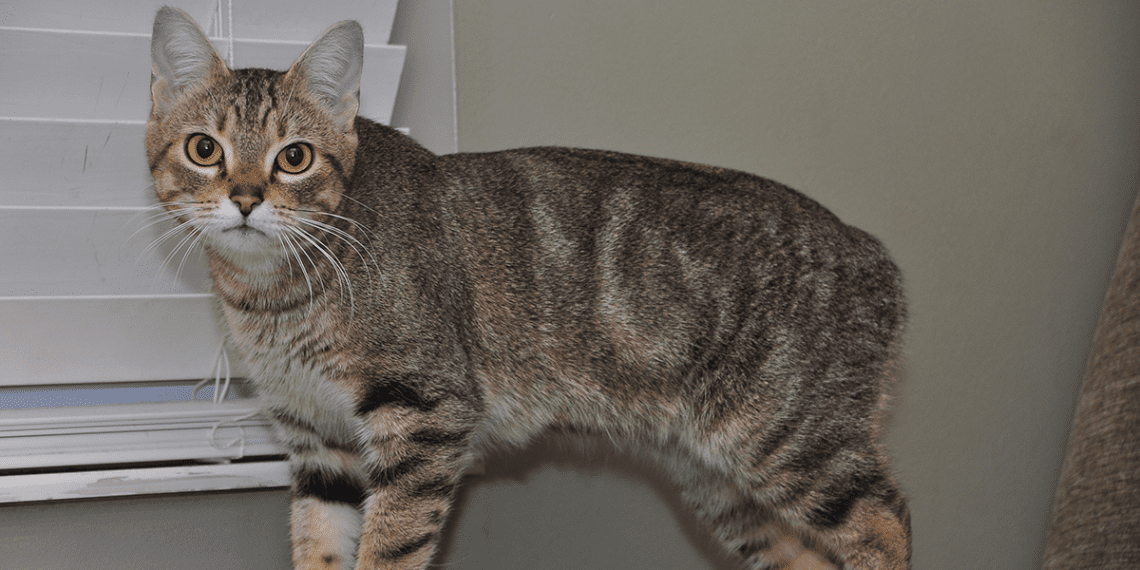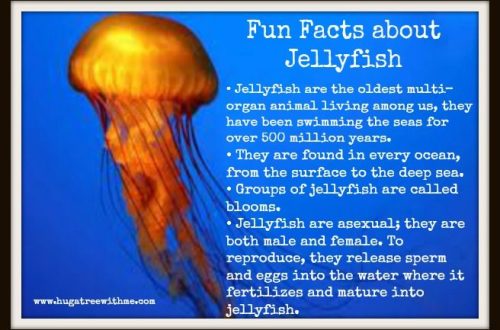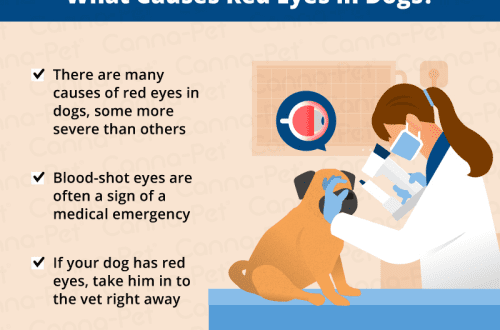
A variety of cat breeds without a tail – description and characteristics
Man never ceases to be amazed at the imagination of Mother Nature. Well, who else could have thought of creating such a miracle – a cat without a tail? A long fluffy tail has always been considered the main decoration of a pet. How could this graceful animal be deprived of such an important organ for balance? What about playing? And express admiration or dissatisfaction? However, various breeds of cats, devoid of tails by nature, live in our homes and feel great.
Contents
Variety of breeds
What is the most popular cat breed without a tail? No one can definitively answer this question. It all depends on the taste and preferences of a person who is ready to have a pet. However, it is worth list and describe breeds, which start most often:
- Menks (Mensk cat);
- Cymric;
- Japanese bobtail;
- American bobtail;
- Kurilian bobtail;
- Mekogon (Thai) bobtail;
- Pixiebob.
Let’s get acquainted – Menks
What do we know about the Mens cat breed? These cute pets came to us from Ireland. As you may have guessed, their homeland is the Isle of Man. What caused the appearance of an animal without a tail is not known for certain, there are many conflicting legends and rumors, but they can serve as proof of the rich imagination of local residents and nothing more. Most likely, the absence of a tail is a gene mutation as a result of numerous incest in a limited island territory.
Menx is a very sweet creature. Representatives of this breed of cats do not need street adventures. They love their home and all its inhabitants. Their friends can be dogs, hamsters, parrots – any animals living in the same apartment with them.
Mens cats love water. They enjoy jumping into the bath or watching an open faucet.
Menks grow fast but mature slowly, this feature of the breed makes them cheerful and playful much longer than the rest.
What else do we know about the tailless Menx?
Representatives of the tailless cat breed Menx have their own classification:
- rampi is an absolutely tailless cat;
- rampy riser (rised), riser – a cat whose tail looks like a small stump, since it has retained part of the cartilage at the base of the tail;
- stumpy – a kind of cat, the tail of which is much shorter than the standard length, it consists of two or three vertebrae;
- longs or tails – a cat with a tail of normal length.
All of these varieties can appear within the same litter.
Who is Kimrik?
For a long time, the Cymric cat breed was not recognized by the association. Experts unanimously argued that this long-haired menx cat. Indeed, one of the Cymrik’s ancestors was the Menx, but today the breed is recognized by most cat fanciers’ associations in the world.
Cymrik is jokingly referred to as the “round cat”. And there is a lot of truth in this joke. In the description of the body structure, the word “round” is used through a sentence, it refers to the shape of the head, and to the shape of the paws, and to the structure of the spine. He even has round eyes.
For this breed of cats, the presence of even a small residual tail is a vice. The spine ends in a small depression.
Cymriks are very mobileThey love to play and require spacious accommodations. Their main drawback is resentment. Owners should be very attentive to the needs of their pet.
Bobtail. Wide geography of breeds
Bobtail is a very famous breed of short-tailed cats. This breed differs geographically, as well as the shape and length of the tail. The state of the tail is evaluated as follows:
- stump – 2–8 fixed short vertebrae;
- spiral – a hook or spiral of several vertebrae with limited mobility;
- panicle – a broken line of medium length;
- the retracted bobtail is initially straight, the tail is broken from the fifth vertebra.
japanese bobtail
Graceful graceful animal. The history of this cat breed has been written for over a thousand years. These are mobile and active pets. They are well trained and love to walk outside. In habits, they are very reminiscent of dogs: they become attached to the owner, they can follow simple commands. They have long hind legs and well-developed muscles. They jump very well.
american bobtail
A dense muscular animal with a round head and strong large paws. Wool can be either long or short. Striped bobtails are considered true Americans, although various color options are acceptable.
The nature is freedom-loving, but very good-natured. Wonderful companions for children. They can be nannies and live toys at the same time.
Kurilian Bobtail
Smart, loyal and sociable pets. Good hunters and fishermen. The ancestors of this cat breed were Japanese Bobtails and Siberian cats, which could not but affect their endurance and adaptability to low temperatures.
Such a pet gets along well in a house where there are already dogs, since it differs little from them in habits. He is not afraid of water, likes to bring objects, walks with pleasure with the owner.
Like all representatives of tailless breeds, it has longer hind limbs. The ideal tail for this breed looks like a small pom-pom and consists of one vertebra.
Pixiebob. Little lynx on the couch
Representatives of this breed look quite unusual for city apartments. In structure, color and shape of the tail, they are more look like a predatory lynxthan for a pet. Experts achieved this appearance consciously.
Ideally, the tail should be short and straight, but slight kinks are allowed. This cat breed may have a non-standard number of fingers (up to seven pieces).
A small tailless miracle in your apartment will become a devoted friend. One of the features of these breeds is that they do not consider themselves the center of the universe, like other cats.





